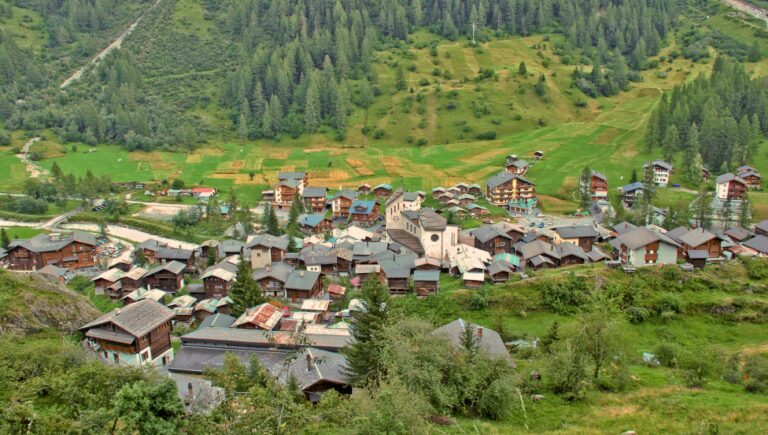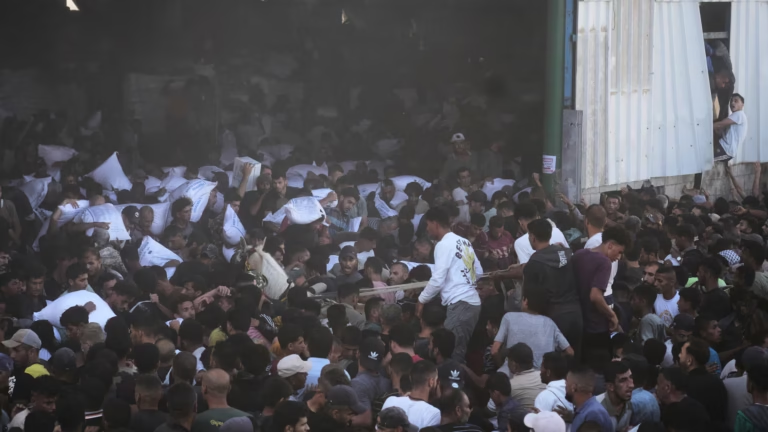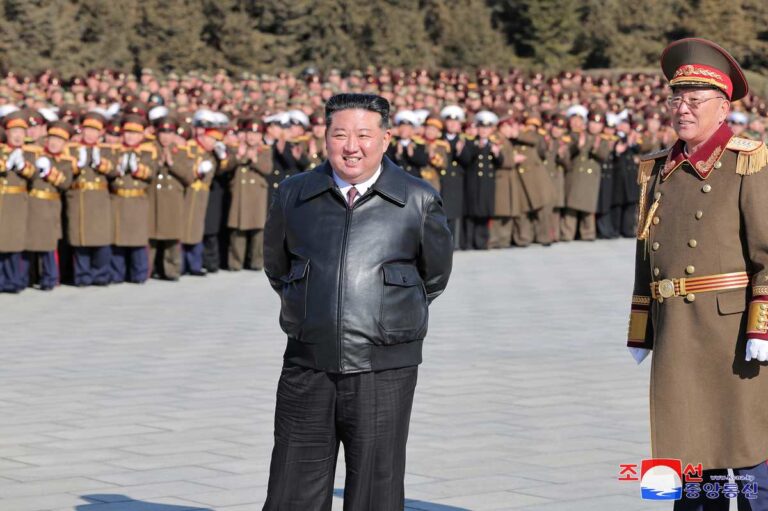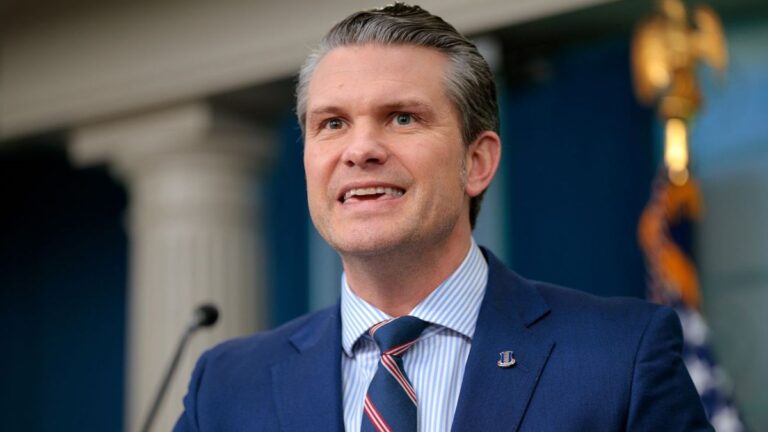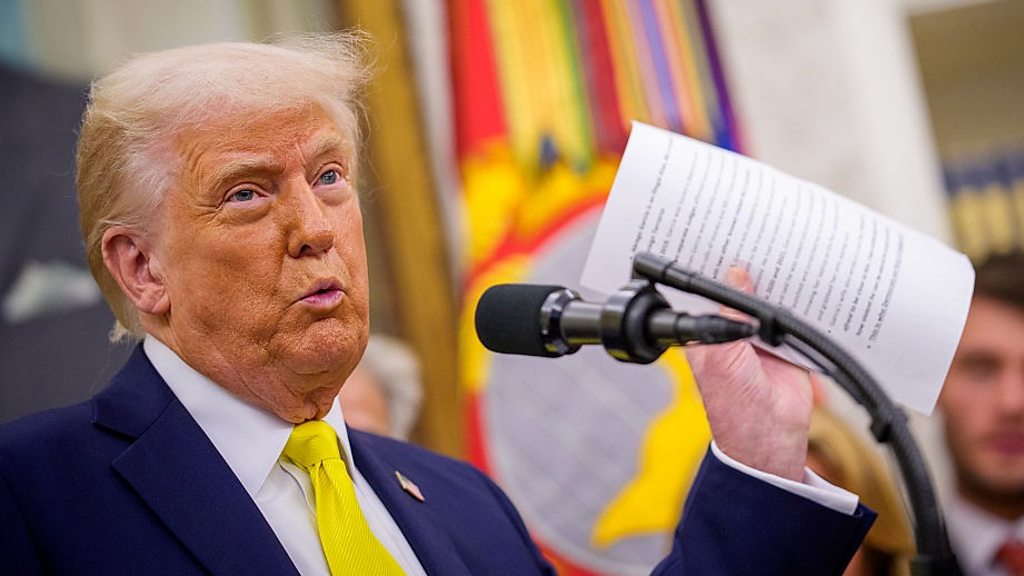
Imagine waking up to the news that two of the world’s most powerful leaders—Donald Trump and Vladimir Putin—just had a two-hour phone call about ending the war in Ukraine. The world is watching, hoping for peace, but also wondering: did anything really change? Let’s break down what happened, why it matters, and what it could mean for the future of Ukraine.
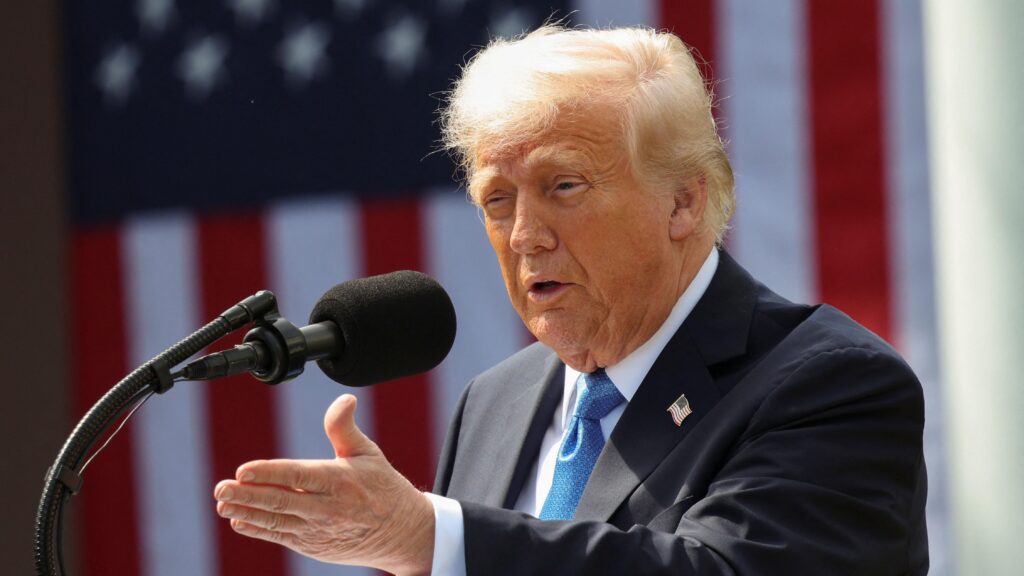
Why This Call Grabs Everyone’s Attention
The war in Ukraine has been going on for years, causing heartbreak, destruction, and uncertainty across Europe. When Trump, now back as U.S. President, picks up the phone to talk directly with Putin, it’s not just another diplomatic chat—it’s a headline event. People everywhere are searching for updates on “Ukraine peace talks,” “Trump Putin call,” and “Russia Ukraine ceasefire,” hoping for a sign that the violence might finally end.
What Happened During the Trump-Putin Call?
- A Two-Hour Conversation: Trump and Putin talked for about two hours. Trump described the call as going “very well,” and said that Russia and Ukraine would “immediately” start negotiating a ceasefire137.
- Putin’s Position: Putin said he’s willing to work with Ukraine on a “memorandum for a potential future peace agreement.” But he didn’t agree to an immediate, unconditional 30-day ceasefire, which the U.S. and European countries wanted13.
- Ukraine’s Response: Ukrainian President Volodymyr Zelenskyy called it a “defining moment” and pushed for a “full and unconditional ceasefire.” He warned that if Russia doesn’t cooperate, stronger sanctions should follow1.
The Shifting Ground of Ukraine Peace Talks
This phone call highlights how complicated the path to peace really is. Just last year, Trump claimed he could end the war in 24 hours. Now, after his call with Putin, he says only Russia and Ukraine can negotiate peace, maybe with help from the Pope or the Vatican as a neutral host37.
Key Points from the Call
- Different Realities: Trump is optimistic about quick negotiations, but Putin’s focus on “future agreements” suggests no immediate breakthrough3.
- No Clear Timeline: There’s still no date for when peace talks will actually start, or if Russia is ready to stop fighting right away12.
- International Involvement: Trump mentioned talking to NATO leaders and suggested the Vatican could host the talks, hoping a neutral location might help ease tensions7.
What Are the Main Sticking Points?
The two sides have very different demands:
| Russia’s Demands | Ukraine’s Demands |
|---|---|
| Recognition of occupied regions | Full withdrawal of Russian troops |
| Ukraine never joins NATO | Return of prisoners and kidnapped children |
| Lifting of sanctions | Justice for war crimes |
| Security guarantees for Russia | Security guarantees for Ukraine |
Russia wants Ukraine to give up claims to certain regions and promise never to join NATO. Ukraine wants all Russian troops out and justice for war crimes4.
Why Is This Call So Important?
- Diplomatic Pressure: Trump’s direct involvement puts pressure on both sides to talk, but also raises questions about whether the U.S. might step back if there’s no progress27.
- Allies Are Watching: European countries, especially those close to Ukraine, want a real ceasefire—not just talks that allow Russia to regroup2.
- Public Hope and Skepticism: While some see this as a hopeful step, others worry it’s just more talk without real action, especially since Russia has used negotiations in the past to buy time34.
What Happens Next?
- Immediate Talks? Trump says negotiations will start right away, but there’s no official schedule yet137.
- Role of the Vatican: The idea of holding talks at the Vatican is new and could help by providing a neutral, respected venue7.
- Ongoing Violence: Sadly, fighting continues on the ground, and civilians are still at risk while leaders debate terms2.
Why You Should Care
The outcome of these talks could shape not just Ukraine’s future, but the security of Europe and the world. Every step—every phone call, every meeting—matters. As the situation changes, millions are searching for the latest on “Ukraine peace negotiations,” “Trump Putin Ukraine,” and “Russia Ukraine ceasefire talks.”
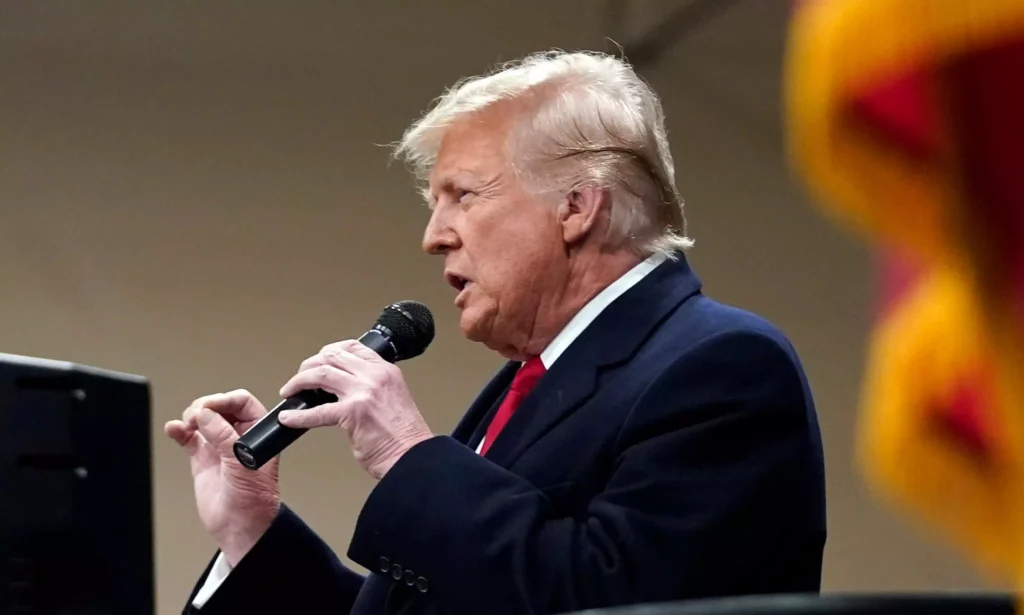
Final Thoughts
Trump’s call with Putin has certainly shaken up the conversation about peace in Ukraine. While there’s hope for real negotiations, deep disagreements remain. The world is watching closely, hoping that this time, the words will finally lead to action—and lasting peace.
For more updates on international peace efforts and the latest on Ukraine, check out our related articles and trusted external resources on global diplomacy and conflict resolution.
